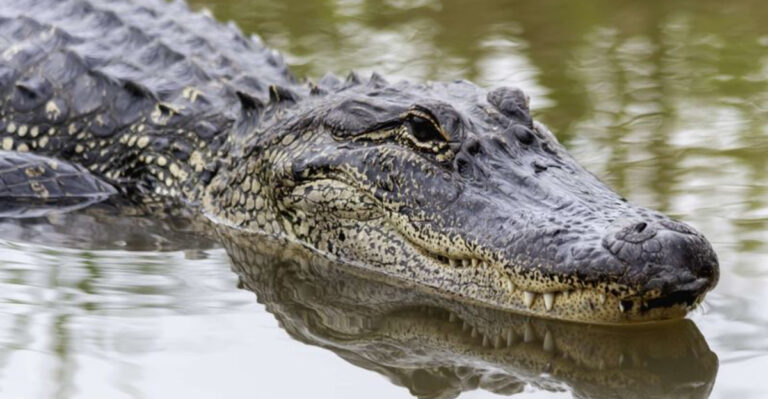Can Rewilding Beavers Help Reduce Flooding In The U.S.?

Across America, flooding causes billions in damage annually while beaver populations remain a fraction of their historical numbers.
These industrious rodents once engineered natural water systems throughout North American landscapes, creating wetlands that absorbed excess water during heavy rainfall.
Scientists and conservationists now wonder: could bringing beavers back to their native habitats be nature’s solution to our growing flood problems?
1. The Case For Rewilding Beavers In The U.S.
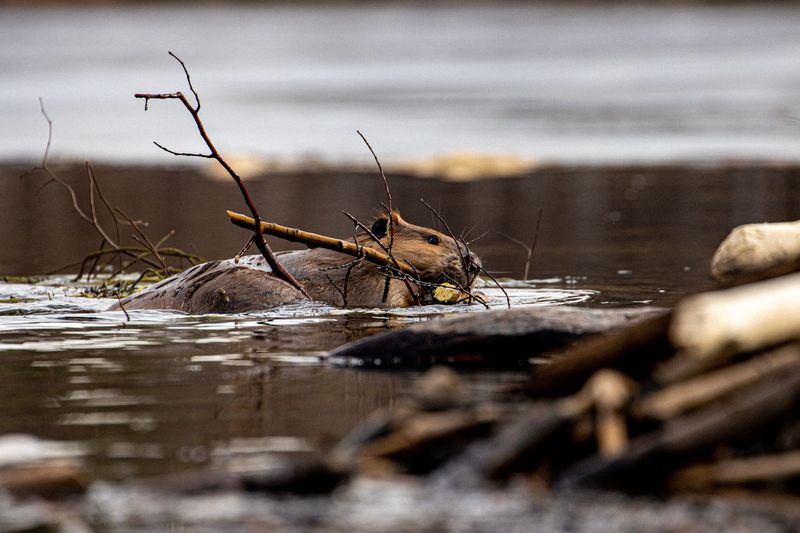
Beavers aren’t just woodland creatures—they’re nature’s flood engineers. Once numbering in the hundreds of millions across North America, these buck-toothed architects were nearly wiped out by fur trappers.
Their absence left a hole in our ecosystem’s natural flood defenses. By reintroducing these animals to their former territories, we might tap into a flood-management system millions of years in the making.
2. How Beavers Create Natural Water Management Systems
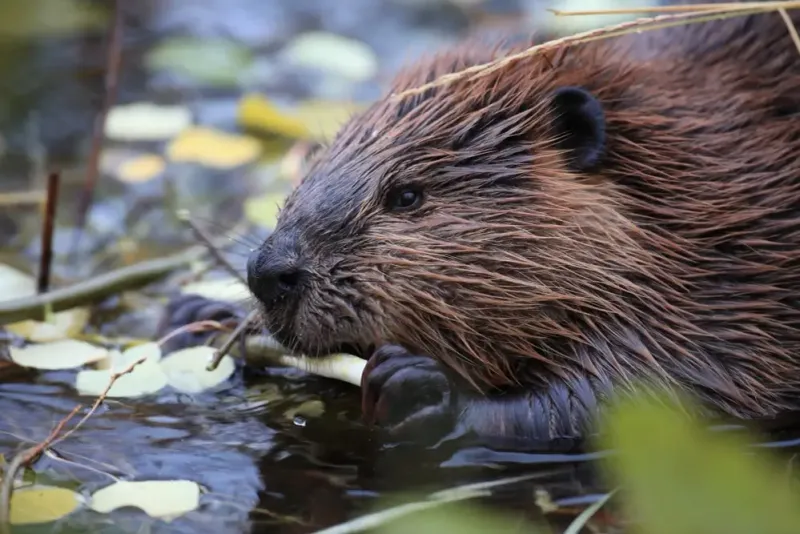
Imagine millions of tiny, furry engineers working 24/7 to protect communities from flooding—for free! Beaver dams transform rushing streams into peaceful ponds and wetlands that capture rainfall and snowmelt.
When storms hit, these natural reservoirs slowly release water downstream instead of allowing destructive flash floods. One beaver family can maintain multiple dams, creating an entire watershed management system.
3. The Role Of Beavers In Ecosystem Restoration
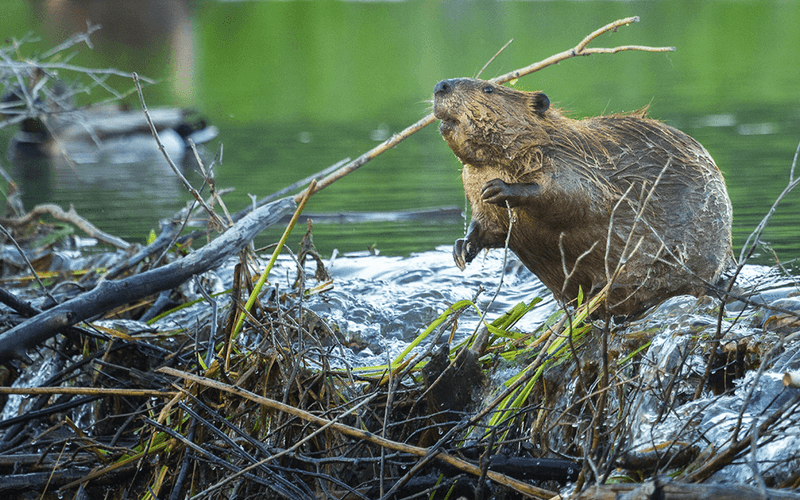
Beavers don’t just prevent floods—they breathe life back into damaged ecosystems. Their ponds become biodiversity hotspots where fish, amphibians, and waterfowl thrive.
Plant communities flourish in these wet environments, filtering pollutants and improving water quality. The wetlands they create act like giant sponges, recharging groundwater supplies during droughts and providing natural firebreaks in forests.
4. Historical Decline Of Beavers And Its Impact On U.S. Ecosystems
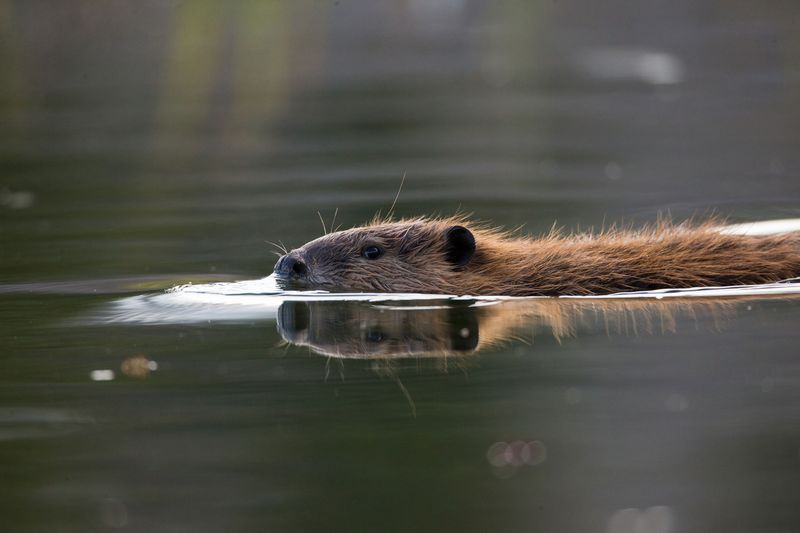
Before European settlement, an estimated 400 million beavers shaped North America’s waterways. The fur trade decimated their numbers to near extinction by the early 1900s.
Without beaver dams, streams cut deeper channels, disconnecting from their floodplains. Wetlands dried up, groundwater levels dropped, and landscapes became more vulnerable to both flooding and drought—a hydrological disaster we’re still dealing with today.
5. Evidence From Beaver Reintroduction Programs
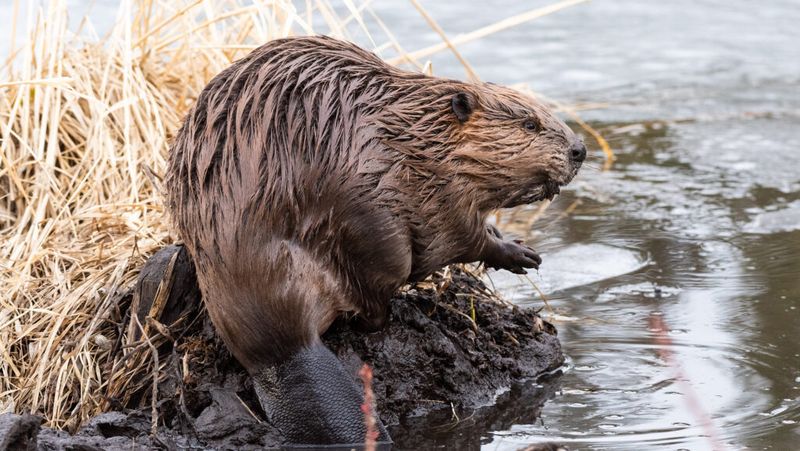
In Washington state’s Methow Valley, a beaver reintroduction program has shown remarkable results. Areas with beaver complexes store approximately 1.5 million gallons of water per acre!
Meanwhile, Utah’s Beaver Restoration Assessment Tool identified over 25,000 potential dam sites that could mitigate flooding. Real-world success stories prove beaver engineering works—Martinez, California saw dramatic flood reduction after beavers naturally recolonized local creeks.
6. Flooding In The U.S.: Current Challenges And Solutions
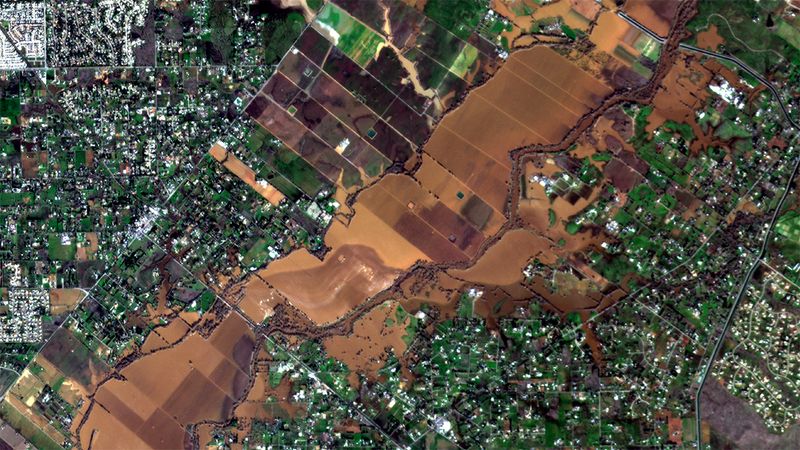
America faces a growing flood crisis. Climate change brings more intense rainfall events while urban development replaces absorbent landscapes with impervious surfaces.
Traditional solutions like levees and dams cost billions but often fail during extreme events. The Mississippi River Basin, California’s Central Valley, and coastal regions suffer most severely. Nature-based approaches—including beaver rewilding—offer sustainable alternatives to concrete infrastructure.
7. How Beavers Shape The Landscape
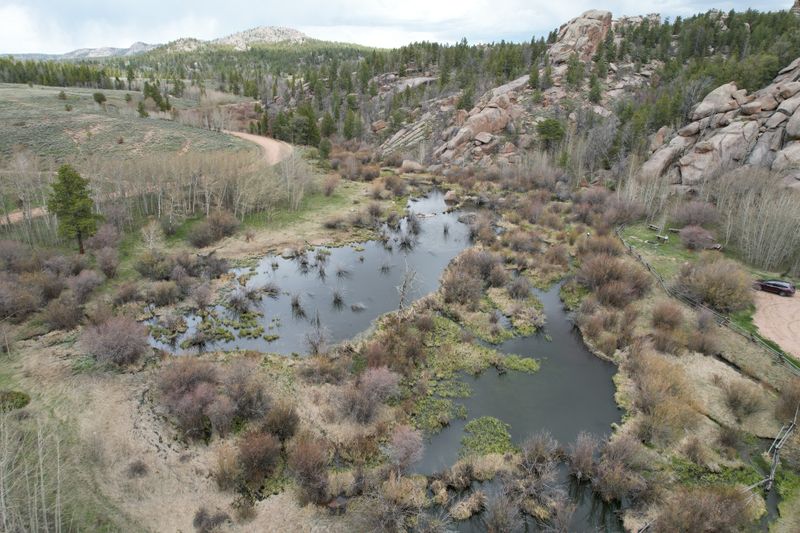
Few creatures physically transform their environment like beavers do. Using branches, mud, and stones, they create intricate structures that slow water flow across entire valleys.
A single beaver family might maintain 12 dams along a stream, creating a stepped system of ponds. Their engineering raises water tables, reconnects streams to floodplains, and creates wetland mosaics that absorb floodwaters like giant natural sponges.
8. The Science Behind Beaver Dams And Flood Control
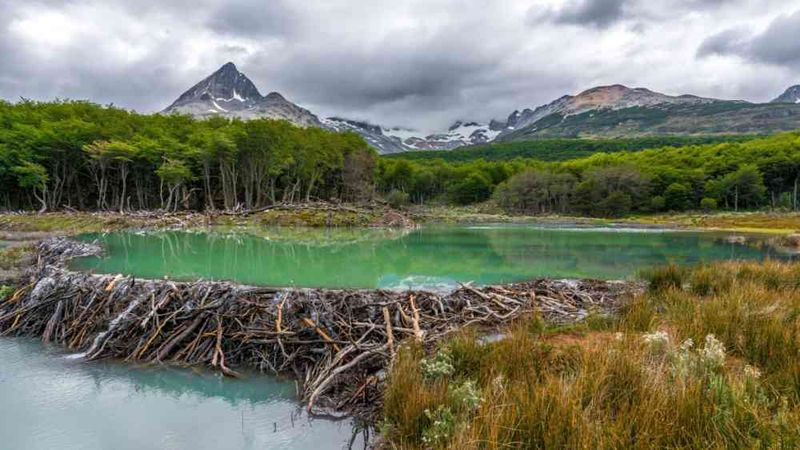
Beaver dams work through a process called “flow attenuation”—they capture high flows during storms and release water gradually afterward. Studies show beaver-influenced watersheds experience 60% less variation in water flow than those without beavers.
The porous nature of their dams allows water to seep through slowly rather than burst through all at once. This natural flood control system mimics expensive human-engineered solutions—but maintains itself!
9. Challenges Of Rewilding Beavers In Urban And Agricultural Areas
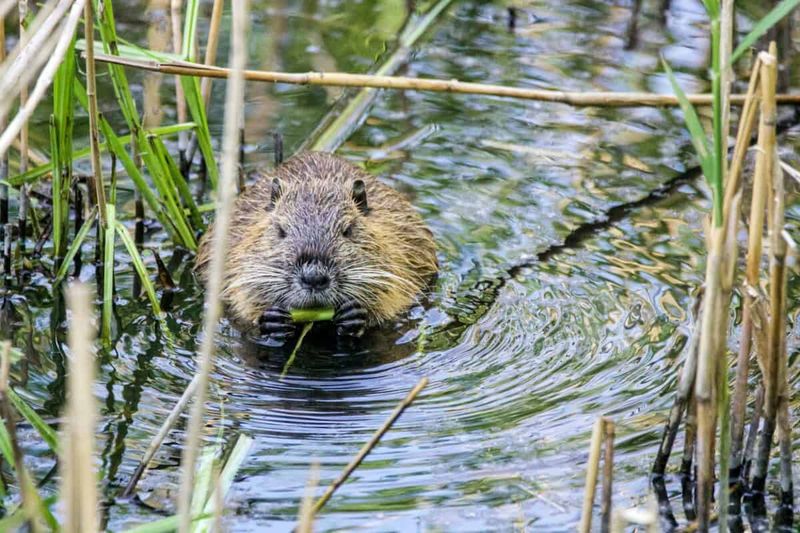
Not everyone welcomes beaver neighbors. Farmers worry about flooded fields and orchards, while homeowners fear property damage. Beavers can block culverts, causing localized flooding—ironically creating the very problem they generally solve!
Urban areas present special challenges with limited space and numerous infrastructure conflicts. Solutions include flow devices like “Beaver Deceivers” that prevent damming in sensitive areas while allowing beavers to remain.
10. Balancing Beaver Populations With Flood Risk Reduction
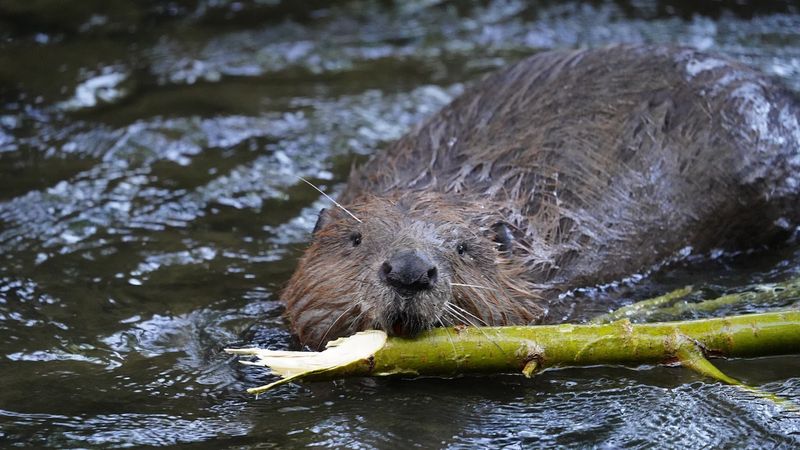
Finding the sweet spot between too few and too many beavers requires careful management. Healthy beaver populations self-regulate based on available resources, but human landscapes may need intervention.
Relocation programs move problem beavers to watersheds needing flood control. Modern beaver management involves identifying prime habitat where beaver benefits outweigh conflicts, creating “beaver believer” zones where these engineers can work their magic.
11. Government Policies And Support For Beaver Rewilding
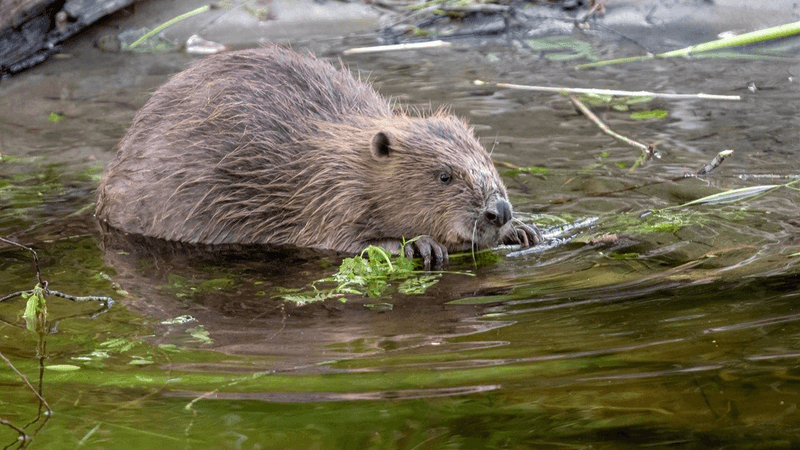
Federal agencies increasingly recognize beavers as flood-fighting allies. The USDA’s Natural Resources Conservation Service now funds beaver-based restoration projects under their Environmental Quality Incentives Program.
States like Washington and Oregon have revised trapping regulations to protect beaver populations. The Biden administration’s “America the Beautiful” initiative specifically mentions beaver restoration as a nature-based climate solution, opening new funding pathways for beaver rewilding efforts.
12. The Future Of Rewilding Beavers As A Flood Mitigation Strategy
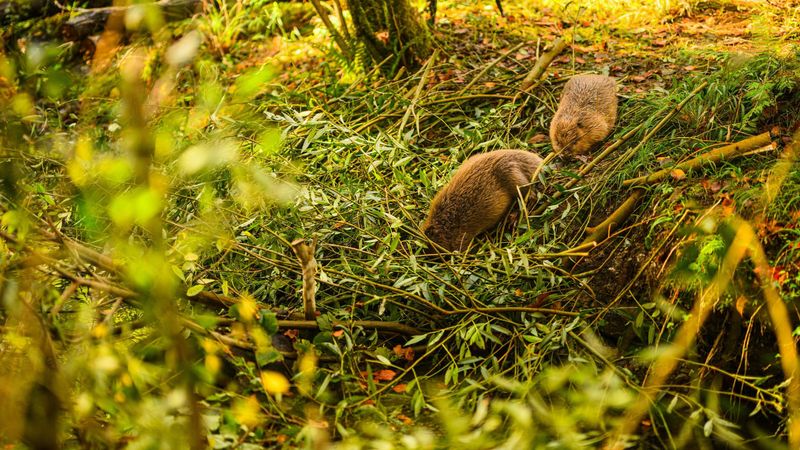
Beaver rewilding offers a rare win-win solution—effective flood control that improves ecosystems while saving taxpayer dollars. As climate change intensifies flooding nationwide, these furry engineers provide adaptive resilience our concrete infrastructure cannot match.
The path forward requires public education, policy reform, and research. By working with—rather than against—beavers, America can tap into a flood management system perfected over millions of years of evolution.



